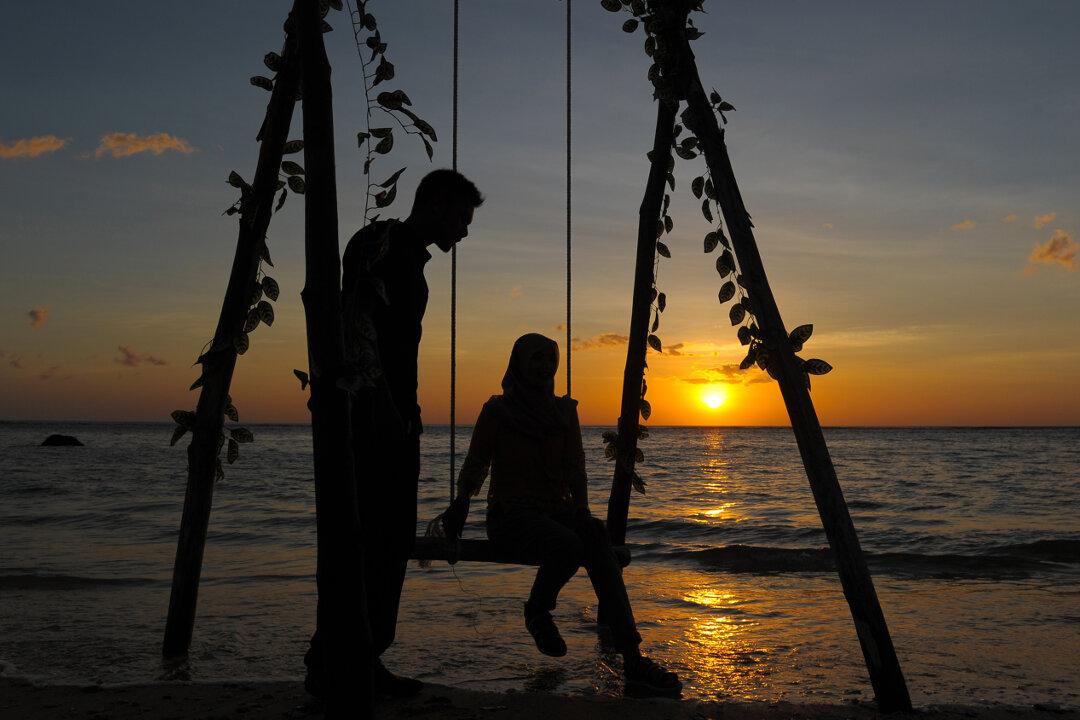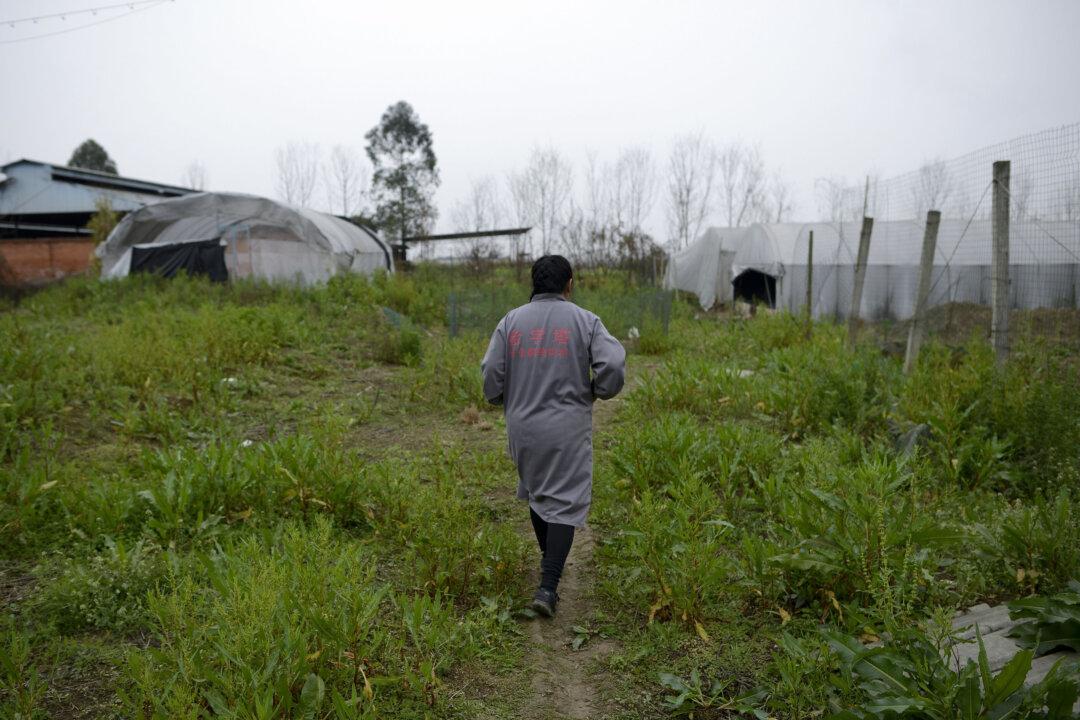One may think of the gentle orange flame of tiki torches when imagining, or even remembering, a romantic evening walk along a beach. On some beaches, the soft orange is replaced by an enchanting, florescent blue glow—coming straight from the water.

A couple together on a beach. Chaideer Mahyuddin/AFP/Getty Images

Daniel Holl
China reporter
|Updated:



